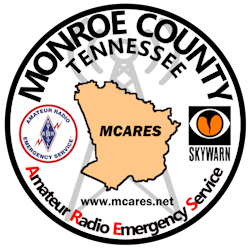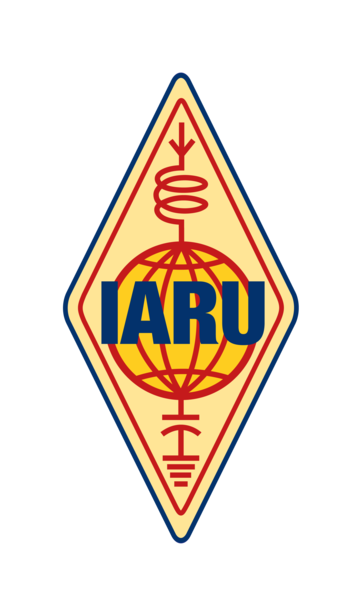02/07/2023
In the days following the 7.8 magnitude earthquake and aftershocks that hit Turkey and Syria on February 6, 2023, emergency communications have been active with rescue and response efforts.
The emergency communications group Türkiye Radyo Amatörleri Cemiyeti (TRAC) is coordinating primary communications.
The designated primary disaster communication frequency is 28.540 MHz (USB). In addition, 3.777 and 7.092 MHz will also be used as needed. Amateur radio operators have been asked to avoid these frequencies to allow any emergency traffic.
In a statement issued to ARRL on February 9, 2023, IARU Region 1 Emergency Communications Co-Ordinator Greg Mossop, G0DUB, said the full effects of this disaster continue to unfold along with the search for any remaining trapped people.
Here is his full statement:
“Aziz, TA1E, is now at the disaster area and coordinating frequencies for teams carrying out search operations. Many countries have sent Search and Rescue [(SAR)] resources but the only ones known to have [r]adio [a]mateurs embedded in them are Georgia and Bosnia [and] Herzegovina. The Romanian SAR team has no operators, but [it] does have communications equipment supplied by RVSU, one of the Amateur Radio emergency groups in Romania.
Aziz reported yesterday that ‘due to the overwhelming dimension of the incident, some problems in coordination occur[ed]. These naturally have an impact [o]n the coordination of the incoming foreign
SAR [g]roups.
As the assignment of their duty area is sometimes [a] ‘last-minute decision,’ and this decision is made by government officials, I would kindly ask the groups to report to me [for] that assignment. I will then [be] able to inform the groups [of] the usable frequencies in the area.’
With the large number of rescue teams deployed to the country, the challenges in coordinating teams, locations, and frequencies are to be expected.
With the death toll now over 17,000 in Turkey and Syria, the focus remains [on] getting the right help to the right place. A clear message from Aziz, when asked whether any radio operators or equipment were required, was:
‘Assistance of individual radio amateurs is only possible if they are ’embedded’ to SAR Teams with [International Search and Rescue Advisory Group] (INSARAG) Certification, which [has] been accredited by the Turkish government.’
At the time of the earthquake, a [European Conference of Postal and Telecommunications Administrations] (CEPT) meeting was taking place, and it has been reported that the Turkish delegation to that meeting confirmed that Radio Amateurs were being deployed in the emergency response.
Traffic is being heard on 10 and 80 meters in the Turkish language, so the request to keep frequencies in the area clear remains. The majority of emergency communications traffic remains on VHF.
The earthquake affected Syria as well. I have tried reaching the Syrian National Society but with no response, as they seem to have gone QRT.
[The] full effects of this disaster continue to unfold and [are] now encompassing the needs of survivors [to]search for any remaining trapped people.“
To date, there have been more than 17,000 casualties in Turkey and Syria combined, and more than 14,000 casualties in Turkey alone, with more than 63,000 people reported injured. Aftershocks continue and relief organizations are on site, with more aid arriving in the areas daily.
Additional and updated information is available at https://www.iaru-r1.org/2023/turkiye-earthquake-6-february-2023/
[Editors Note: This story was updated (2/10/2023) to reflect new information]

